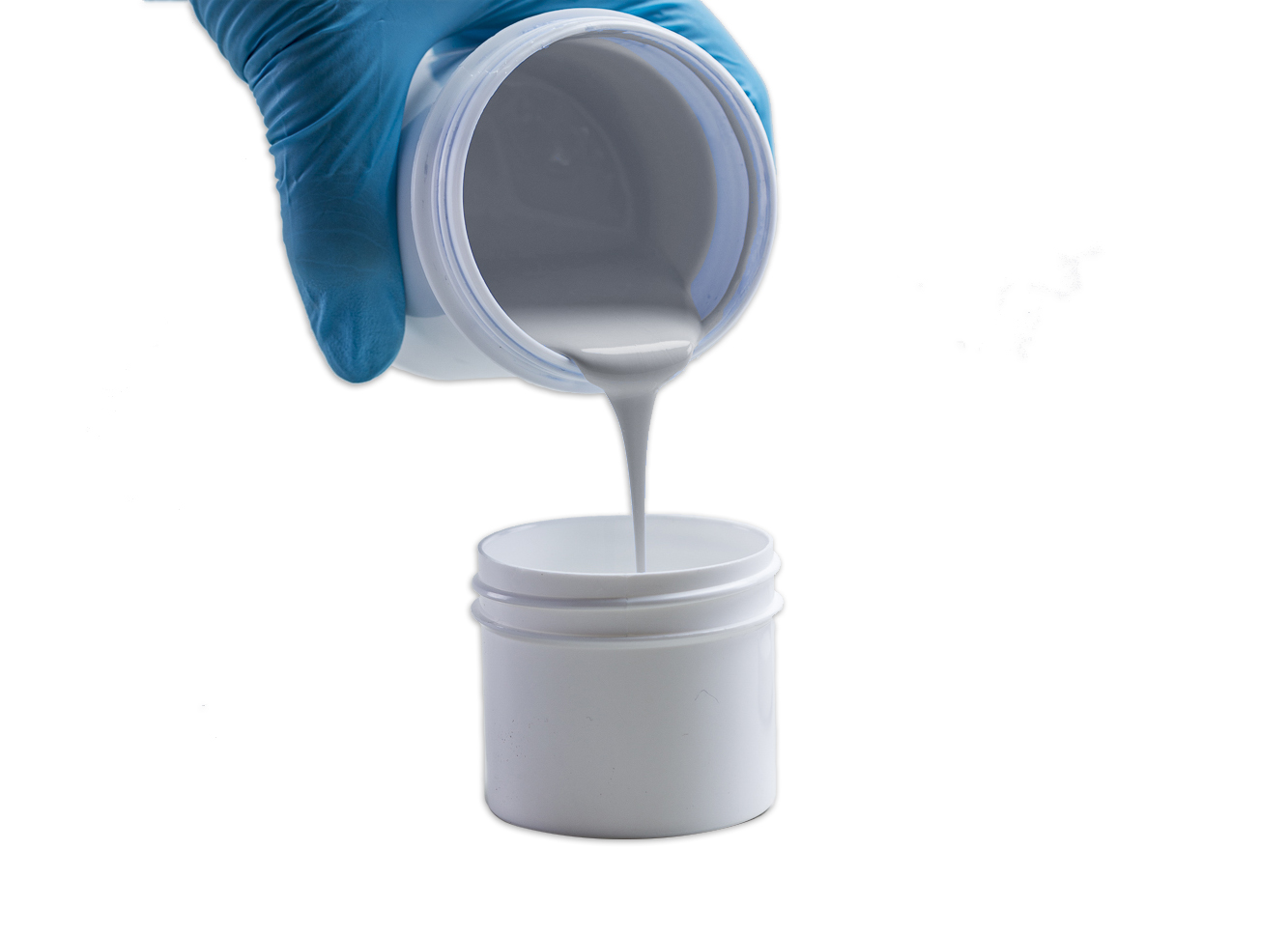TG 4000 | Thermal Grease
- 0.005 Thermal Impedance
- 4.0 Thermal Conductivity
- 23μm BLT
Product Description
TG4000 Thermal Silicone Grease offers excellent thermal properties (4.0 TC and 0.005 TI) and a controlled bond line thickness of 23 micron @35psi, 50oC. Its viscosity and excellent thixotropy make it fit for large–scale production with dispensing, screen printing and stencil printing. It is an excellent, cost effective option for thermally demanding applications with 25um maximum particle size that can support a ~20um BLT.
TG4000 is used for applications with high power density requirements. It is designed to minimize thermal resistance at interfaces, and maintain excellent performance through reliability testing. It provides superior thermal performance with ease of use across a multitude of applications. Its operating temperature range is -40oC to 150oC like the entire Thermal grease product range.
Technical Specifications
| General Properties | |
| Color Color The color | Gray |
| Specific Gravity Specific Gravity Specific gravity (SG) is the ratio of the density of a substance to the density of a reference substance; equivalently, it is the ratio of the mass of a substance to the mass of a reference substance for the same given volume. For liquids, the reference substance is almost always water (1), while for gases, it is air (1.18) at room temperature. Specific gravity is unitless. | 2.7 |
| Thermal Properties | |
| Thermal Conductivity Thermal Conductivity Thermal conductivity describes the ability of a material to conduct heat. It is required by power packages in order to dissipate heat and maintain stable electrical performance. Thermal conductivity units are [W/(m K)] in the SI system and [Btu/(hr ft °F)] in the Imperial system. | 4.0 W/m.K |
| Thermal Impedance | 0.005 °C·cm²/W |
| UL 94 Rating UL 94 Rating Flammability rating classification. It determines how fast a material burns or extinguishes once it is ignited. HB: slow burning on a horizontal specimen; burning rate less than 76 mm/min for thickness less than 3 mm or burning stops before 100 mm V-2: burning stops within 30 seconds on a vertical specimen; drips of flaming particles are allowed. V-1: burning stops within 30 seconds on a vertical specimen; drips of particles allowed as long as they are not inflamed. V-0: burning stops within 10 seconds on a vertical specimen; drips of particles allowed as long as they are not inflamed. 5VB: burning stops within 60 seconds on a vertical specimen; no drips allowed; plaque specimens may develop a hole. 5VA: burning stops within 60 seconds on a vertical specimen; no drips allowed; plaque specimens may not develop a hole | V-0 |
| Electrical Properties | |
| Volume Resistivity Volume Resistivity Volume resistivity, also called volume resistance, bulk resistance or bulk resistivity is a thickness dependent measurement of the resistivity of a material perpendicular to the plane of the surface. | 1.0x1012 Ohms⋅cm |
| Physical Properties | |
| Viscosity Viscosity Viscosity is a measurement of a fluid’s resistance to flow. Viscosity is commonly measured in centiPoise (cP). One cP is defined as the viscosity of water and all other viscosities are derived from this base. MPa is another common unit with a 1:1 conversion to cP. A product like honey would have a much higher viscosity -around 10,000 cPs- compared to water. As a result, honey would flow much slower out of a tipped glass than water would. The viscosity of a material can be decreased with an increase in temperature in order to better suit an application | 200,000 mPa.s |
Additional Information
Will I have any issues with fretting(friction) with Greases?
After conducting a thermally degrading test you might realise that these greases are highly filled(~94.5% residual mass). Can this be a cause for concern when it comes to fretting and friction? The short answer is no.
The long answer is that Zinc oxide and aluminum oxide are common fillers in greases and other TIMs. These materials are also used in our phase change TIMs and there has rarely been any issues with fretting (friction) during dispensing or other applications. Fretting is only a concern with boron nitride as filler. Friction related impact is also minimal on low viscosity greases. So you are safe.



